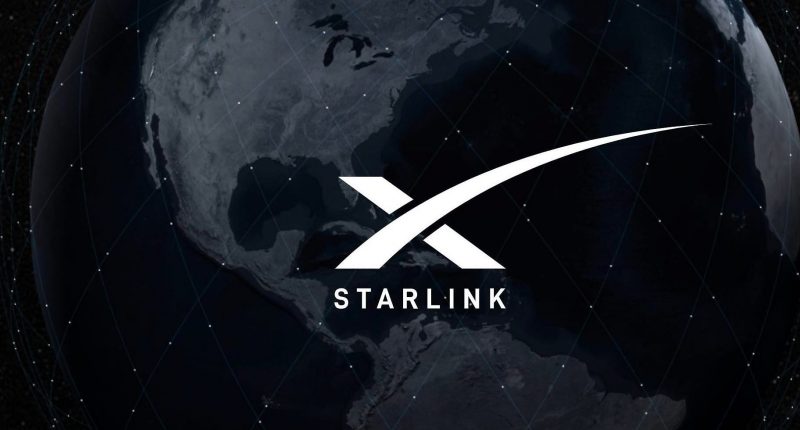A shadow hangs over Starlink, SpaceX’s ambitious mega-constellation that aims to blanket the Earth with broadband internet. This week, the company announced the controlled deorbiting of 100 early-version 1 satellites, citing a “common issue” that could lead to future failures.
SpaceX’s decision to deorbit the early-version 1 Starlink satellites follows the identification of a common issue affecting this subset of spacecraft. While these satellites are currently operational and serving users effectively, SpaceX has identified a potential flaw that could compromise their long-term reliability. As a precautionary measure, the company has opted to initiate controlled descents for these satellites.
“In the coming weeks and months, SpaceX will perform controlled descents of approximately 100 additional early-version 1 Starlink satellites. These satellites are currently maneuverable and serving users effectively, but the Starlink team identified a common issue in this small population of satellites that could increase the probability of failure in the future. The satellites will follow a safe, circular, and controlled lowering operation that should take approximately six months for most of the vehicles. Controlled, propulsive deorbit is much shorter and safer than a comparable ballistic deorbit from an equivalent altitude. All satellites will maintain maneuverability and collision avoidance capabilities during the descent. Additionally, these deorbiting satellites will take maneuver responsibility for any high-risk conjunctions consistent with space safety and sustainability best practices,” the company announced in an official statement.
Despite the deorbiting of early-version 1 satellites, users of Starlink internet services are unlikely to experience any disruption in connectivity. SpaceX assures customers that there are still thousands of functioning satellites in orbit, with plans to continue launching additional satellites to meet the growing demand for internet services. Nonetheless, the de-orbiting is merely a temporary solution. With ambitious expansion plans on the horizon, SpaceX needs a comprehensive and sustainable long-term strategy for managing its constellation.
SpaceX’s decision to deorbit the early-version 1 Starlink satellites follows the identification of a common issue affecting this subset of spacecraft. While these satellites are currently operational and serving users effectively, SpaceX has identified a potential flaw that could compromise their long-term reliability. As a precautionary measure, the company has opted to initiate controlled descents for these satellites. The deorbiting process involves a carefully orchestrated descent aimed at ensuring a safe re-entry into the Earth’s atmosphere. SpaceX employs propulsive maneuvers to gradually lower the satellites’ orbits, facilitating their controlled descent over a period of approximately six months. This approach minimizes the risk of collision with other satellites or space debris, thereby safeguarding space assets and promoting space sustainability.
This comes at a time when the growing number of satellites in LEO is creating a precarious situation. Each object in orbit poses a potential collision risk, and with thousands of Starlink satellites sharing the same orbital space as other operational spacecraft and debris, the probability of accidental encounters increases significantly. The Kessler Syndrome, a hypothetical chain reaction of collisions leading to an exponential growth of debris, highlights the worst-case scenario of uncontrolled deployments. Currently, nearly 6,000 Starlink satellites have been launched to date, and 406 have been de-orbited since then.
The Tech Portal is published by Blue Box Media Private Limited. Our investors have no influence over our reporting. Read our full Ownership and Funding Disclosure →






